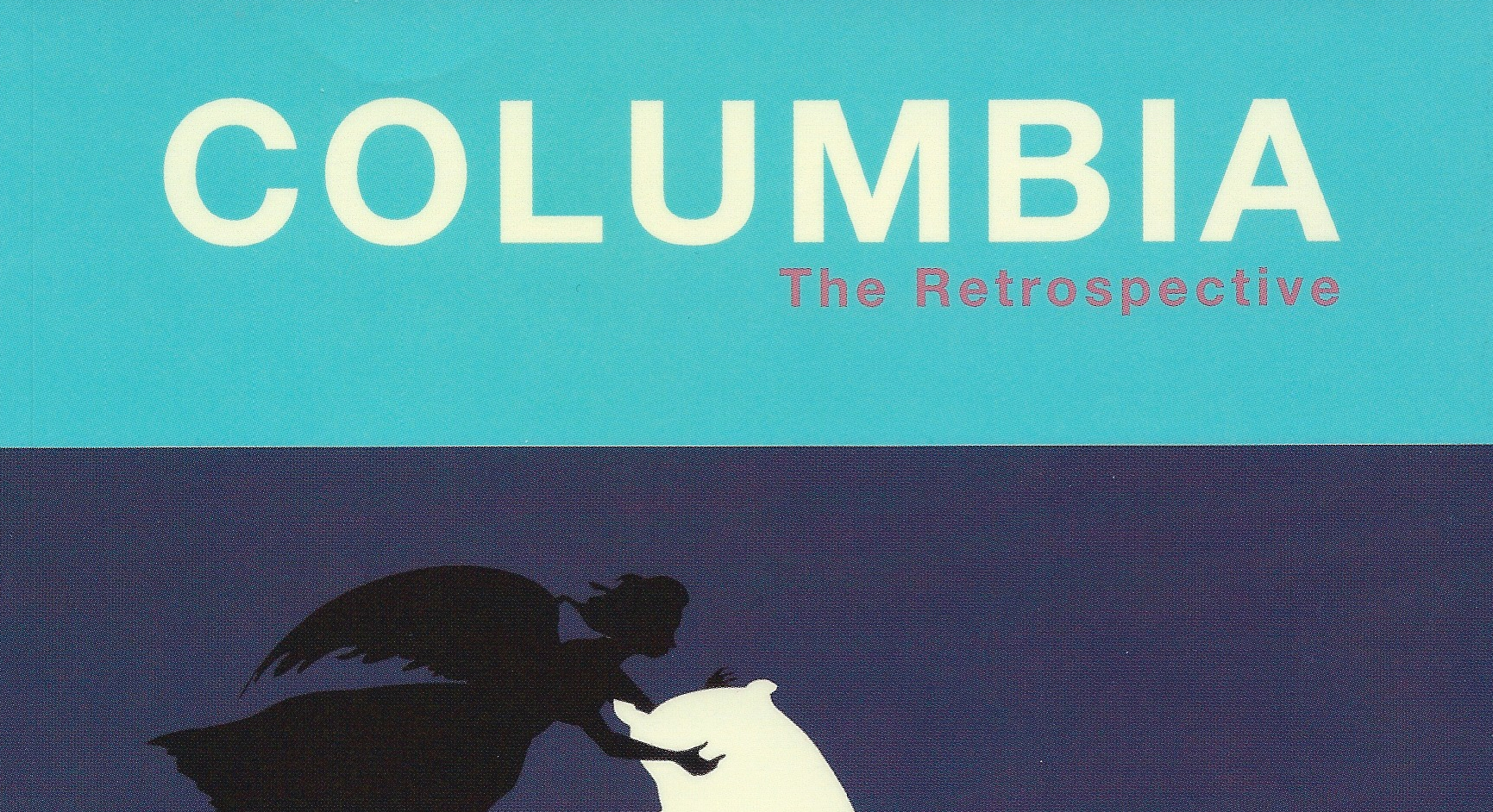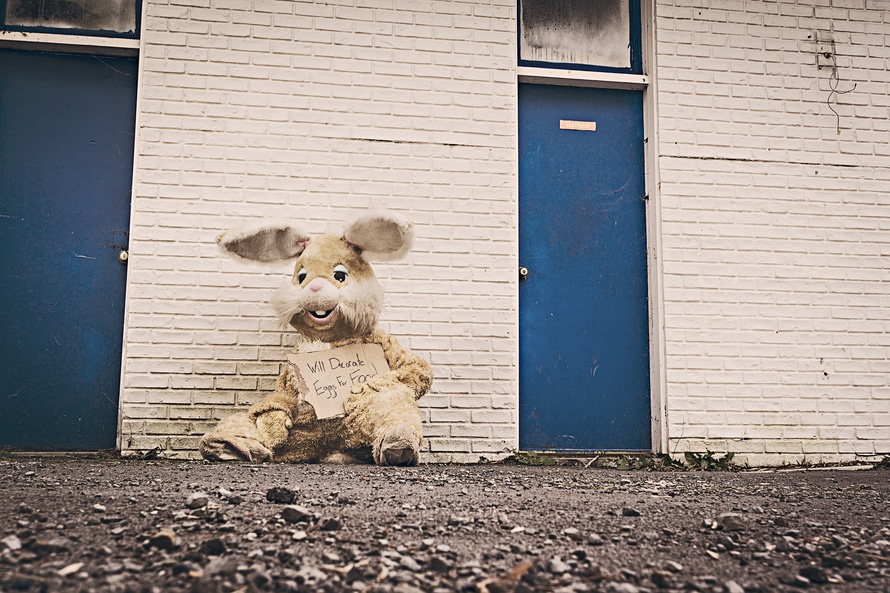“She thought of people she had seen holding hands in movies, and why shouldn’t she and Carol?” This question, from Patricia Highsmith’s 1952 lesbian romance The Price of Salt, is related from the perspective of Therese, a shopgirl and aspiring set designer who has fallen in love with the wealthy, mysterious Carol. Nearly seven decades and a social revolution later, a similar question is posed in Melissa Broder’s Milk Fed, as the novel’s narrator, Rachel, sits in a Los Angeles movie theater with her love interest, Miriam. “What about holding hands in a movie theater? Can girls hold hands in a movie theater?” Rachel asks, probing, in bad faith, the strictures of Miriam’s Orthodox Jewish religion. After an agonizingly long pause, Miriam says yes, and what follows is a sequence of actions so libidinally charged that it leaves Rachel physically sick with desire.
Desire—for sex, food, God, maternal love, and admiration—is at the heart of Milk Fed, the second novel by Melissa Broder, who is also a poet, essayist, and creator of the popular Twitter account @sosadtoday. Rachel, Milk Fed’s 24-year-old narrator, is a rising comic with a day job at a talent management company in Los Angeles. Although raised in Reform Judaism, she leads a secular life. Inculcated by her critical mother into the pursuit of extreme thinness, Rachel has organized her life around counting the meager calories she consumes and “aggressively pedaling nowhere” on an elliptical machine. At the urging of her therapist, Rachel embarks on a 90-day “communication detox” from her mother. Shortly after, Rachel is lovestruck by Miriam, who, from behind the counter of a yogurt shop, swaps Rachel’s plain, low-fat fro-yo with forbidden yet irresistible sundaes. As Rachel courts Miriam, Rachel experiences a terrifying yet exhilarating awakening.
Rachel is a convincing and multi-faceted narrator. Among the most amusing moments in the novel are her tongue-in-cheek assessments of Hollywood types. When her boss shamelessly flatters a dreamy television actor whom he represents, Rachel relates, “I would not have called Jace a star. A glow-in-the-dark sticker, maybe.” Rachel’s vivid inner life bursts onto the page in singular erotic fantasies and a delectably bizarre “vision” involving challah whose particulars I will not spoil here. Elsewhere, her self-observations are achingly heartfelt. As she recalls watching her mother sleep, she reflects, “In those moments, I saw her as a little girl, and I felt that nothing was her fault—just a chain of fears and feelings passed down from generation to generation.” (This slumber is the only moment in the novel in which Rachel’s mother isn’t shown actively tormenting her daughter.)
Rachel is unexcited by her eating disorder, which, by the novel’s opening scene, she has lived with for nearly a decade. This is notable given the preponderance of adolescent narrators in anorexia literature whose breathless descriptions of newly visible rib cages and starvation-induced euphoria amount to “pro-ana” discourse cloaked in literary technique. Fainting in public and forced hospitalizations, frequently the dramatic nadirs of such narratives, are absent from Milk Fed. Instead, Rachel hits rock bottom at a Bed Bath & Beyond where, following several spectacular and destabilizing binges, she weighs herself on three types of scales for sale, none of which display the same digit. As she steps on and off each scale, she becomes trapped in “a kind of body dysmorphic waltz” while other shoppers regard her uneasily. On display in this scene is not a woman who, enthralled by her capacity for masochism, strives to convince us that she is uniquely and tragically afflicted; Rachel’s eating disorder, as she tells it, is a compulsion as banal and miserable as any other. In this regard, Milk Fed is a more revealing depiction of anorexia than many previous works of fiction, and even memoir, that have made the disorder their subject (if not their muse).
In Broder’s previous novel, The Pisces, a depressed narrator named Lucy prays on a candle purchased from a New Age shop to be granted happiness by “the Gods” (her floundering Ph.D. dissertation is on the Ancient Greek poet Sappho). As if dispatched by Poseidon and Aphrodite, a merman swims up to Lucy as she gazes at the sea from a rock, and the two embark on a series of late-night rendezvous. Considerably more open-ended is the question of whether Milk Fed’s Miriam is a mystic being. The day before Rachel meets Miriam, Rachel’s therapist asks her to sculpt from modeling clay the woman whom her starvation regimen is meant to keep in abeyance. She creates a voluptuous figurine of “immense” proportions. Upon their first encounter, Rachel rhapsodizes on Miriam’s pink mouth, rosy cheeks, and chocolate drop-like beauty marks before noting, “She was fat, and she exceeded my worst fears for my own body.”
When Rachel’s sculpture goes missing, the question of whether she has summoned Miriam into her life drives Rachel to seek answers. “I didn’t believe in The Secret or vision boarding or creative visualization or any of that other LA drivel,” she narrates. Having rejected Oprah-endorsed woo, she arrives at an online encyclopedia entry for golems, the animate beings from Jewish folklore that are created from mud or clay. Helpfully, the entry notes that “[t]he golem possesses infinite meanings, and can function as a metaphor for that which is sought in the life of its creator.”
What is infatuation if not the pleasant delusion that we have found in another person all that has been missing from our own lives? The mystery of Rachel’s missing sculpture lingers throughout the novel; however, the figurative truth in Rachel’s notion that Miriam is her creation remains plain and obvious. At the outset of her pursuit of Miriam, Rachel admits that she knows little about Miriam, save for “how she made me feel, which was full of confetti instead of blood.”
Rachel also knows that when she is fed by Miriam, she can surrender to the sensual pleasure of eating. As Rachel’s romantic fantasy of Miriam reaches its zenith, Rachel and Miriam dine at Miriam’s favorite kosher Chinese restaurant, where Rachel notices that Miriam “ate like a woman for whom food possessed no dilemma, turbulence, or hardship. But as I watched her grow calmer with every bite, I realized it was not delight alone that compelled her to eat that way.” The fantasy-rupturing recognition that Miriam might have her own food hang-ups doesn’t diminish Rachel’s attraction, as one might expect. On the contrary, shortly after, Rachel and Miriam share their first kiss, and their relationship deepens into a more genuine intimacy.
As the novel nears its conclusion, Rachel gives herself a legibly queer makeover. The charmingly dopey actor Jace deems her buzzcut part of her “soul aesthetic” before Rachel, who is bisexual, propositions him. The cringe-worthy romp that ensues is one of a series of impulsive, disruptive acts signaling that the formerly restrained Rachel has bucked the expectations placed on her and, in contemporary parlance, has learned to take up space.
Milk Fed is a funny, erotic, and pleasure-affirming novel about what happens when one woman unleashes her “monstrous” desires—to eat, to have sex with who she wants, to set boundaries with toxic relatives, and to present herself in less conventionally feminine ways—only to discover that what she has longed for is not so frightening after all.



